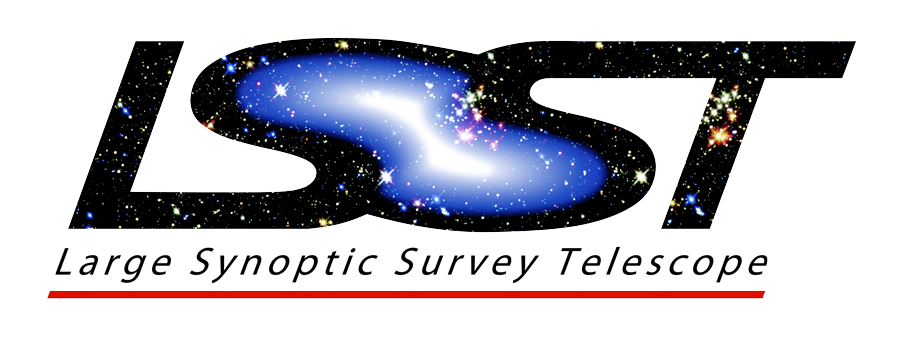Following-up LSST Alerts
The era of large transient surveys (e.g. Catalina, Pan-STARRS, ZTF, and especially LSST) provides many exciting opportunities for new discoveries and understanding of the variable sky. However, the volume of alerts may overwhelm individual facilities and current observing procedures. This session will discuss how existing and future facilities could be organized in order to follow-up the most interesting objects from transient surveys in the most efficient manner. The Zwicky Transient Facility (ZTF) is now issuing transient alerts from its community survey in the LSST format, available in real time for brokering and follow-up. This offers a valuable opportunity to carry out immediate science in the LSST model. The design of a follow-up network being planned by NOAO, SOAR, Las Cumbres Observatory, and Gemini Observatory will be described. The plan is to test the system using ZTF alerts and then scale up to LSST. The components include the NOAO ANTARES broker, observation managers, automated observing systems, and data pipelines. Other options and issues such as coordinating observations and time allocation options will be discussed.
Agenda
- Introduction to Alert Follow-up Networks - Bryan Miller (10min + 5)
- ANTARES - Monika Soraisam (10min + 5)
- TOMs and Broker Survey - Federica Bianco (10+5)
- ZTF Alerts and Follow-up - Stephen Ridgway (10+5)
- Discussion (30 min)
Please contact Bryan Miller (bmiller@gemini.edu) if you would like to contribute or have questions.
Location: Presidio V (Bluejeans 752 676 847)
